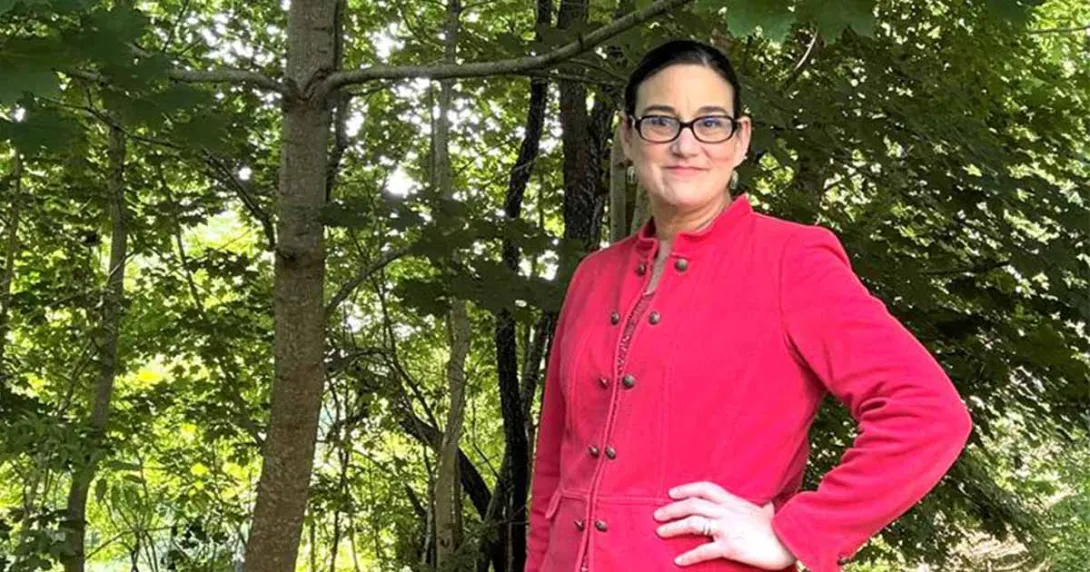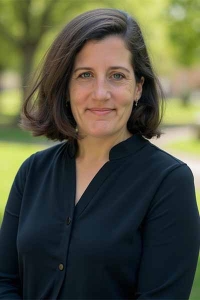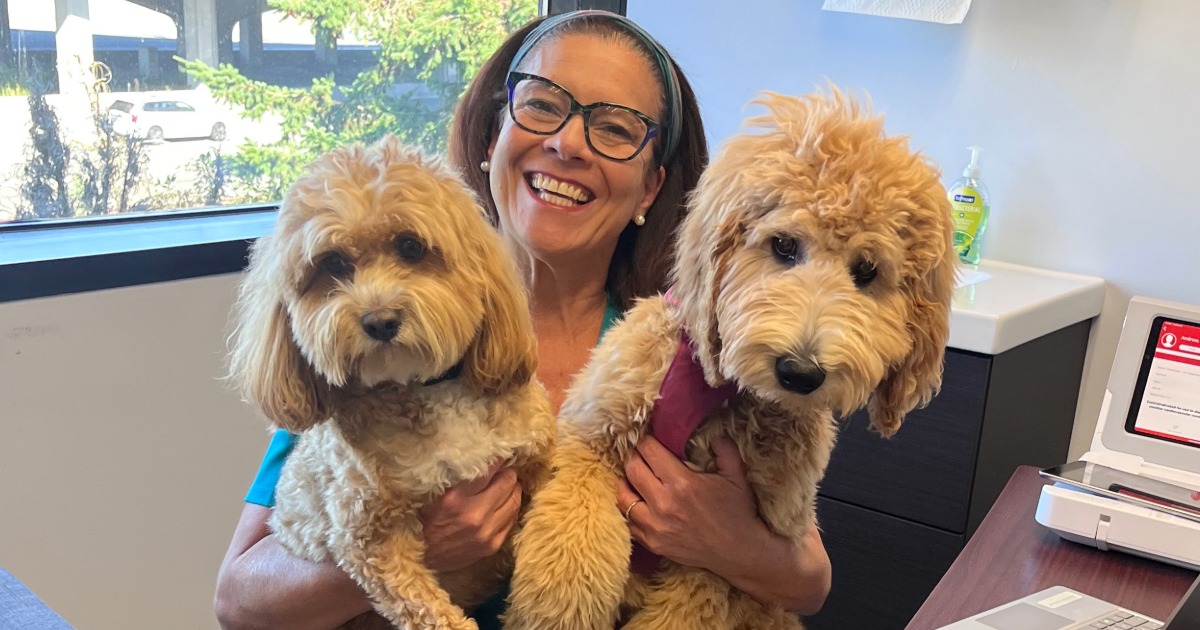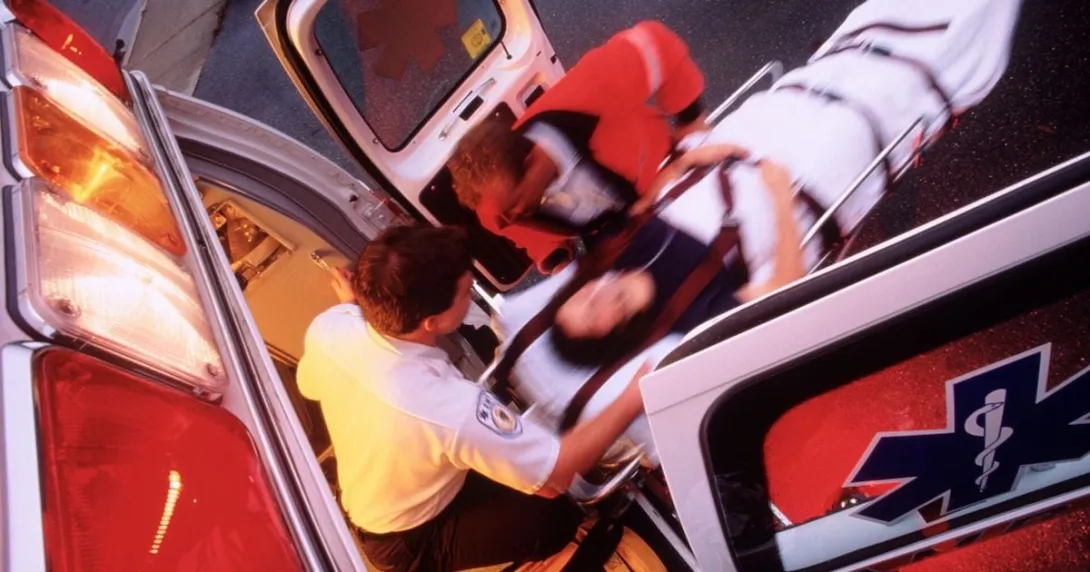
When members of the virtual care team at MaineHealth talk about building, they put a lot of emphasis on that word.
"Building," in the virtual care setting, they explain, refers to a process of identifying gaps in patient care then doing the necessary investigation to determine whether a telehealth program could work to fill a gap, understanding what it would take to create the program – and finally designing and implementing that program.
Elizabeth Mulcahy, DNP, is vice president of telehealth and virtual care at MaineHealth, a Portland-based health system that serves the southern part of the state, and Dr. Tracy Jalbuena is the health system's medical director of telehealth and virtual care.
They and their team have learned many lessons about building in recent years. For example, they now recognize the critical importance of, among other imperatives:
- Embedding telehealth initiatives within the broader organizational strategic and clinical imperatives
- Engaging other teams across the organization early and often
- Building purposeful ways to connect when creating remote and hybrid teams
- Clearly identifying a problem and an understanding of how to appreciate ROI before building starts
We spoke with Mulcahy and Jalbuena about building and these lessons they have learned so other hospitals and health systems can apply this expertise.
Q. Please clearly define what you mean when you use the word "building."
A. Dr. Tracy Jalbuena. Building involves determining the best clinical model in terms of exactly what clinical services will be provided, what clinical roles are needed, what the duration of the engagement with the patient looks like, etc.
Some models might include a triage nurse and be a one-time engagement with the patient, whereas other models might include a pharmacist or health coach and last for several months or even have no plan to discharge for the patient.
All these sorts of things need to be determined. It's a process in which we know what the puzzle should look like when it's all put together in terms of clinical outcomes, but we get the privilege and responsibility of designing the individual puzzle pieces and then putting the puzzle together in a new way that's not been done before. This involves a lot of contingent decision making and is fabulously creative.
For example, at MaineHealth, access to primary care has been identified as a gap. We determined offloading some same-day types of visits from primary care into a virtual quick-care model would help free up some access in the primary care offices. We designed and built an entirely new service, a virtual walk-in for MaineHealth that's akin to a Teladoc or an MDLive, but it's all baked within our organization's ecology.
This program has been live since March 2023, and we've seen more than 12,000 MaineHealth patients since launch. And we continue to grow. 43% of those patients report they would have gone to see their PCP had that service not been available, and that's more than 5,000 encounters that were freed up in the primary care setting.
Q. You told me you learned a few important lessons in building telehealth at your organization. So, let's discuss. First, provider organizations should embed their telehealth initiatives within the broader organizational strategic and clinical imperatives for more impact and more buy-in. Please elaborate.
A. Elizabeth Mulcahy, DNP. We have learned a lot about building the telehealth app, this organization and others. We start with assessment. Really, there's a lot of listening that goes into our initial assessment of where we should build and what we should build. We also looked at a lot of relationships and readiness for where we should go.
Every health system has big-ticket items they're focused on, and a lot of them are similar. Some of it comes down to potentially avoidable hospital utilization, total cost of care, some key clinical quality outcomes, and experience from a patient or provider standpoint. We have all of these same interests and initiatives here, as well.
One example where we really worked to align our priorities with what we could achieve and feel from our side was looking at reducing readmissions. We know heart failure in particular is a very difficult condition to manage, especially in that transition from hospital to home.
Our team did that listening, did that assessment, and partnered closely with the clinical and operational teams across the health system to figure out how to build a program to help bridge that gap. We've implemented a model that includes an APP, a pharmacist, a health coach and tight partnership with our cardiology providers across the health system.
"We are very intentional when we build programs here within our team to tag a lot of our work in a documentation sense so we have data hooks to build reports off of down the road."
- Elizabeth Mulcahy, DNP, MaineHealth
We have a central team that's monitoring vital signs and symptoms that are through cellular-enabled devices. Then we have a bunch of protocols, clinical escalations and medication management built around this program to take better care of those patients at home. The most important part of this assessment and building is that tight coordination with the other teams.
Often when you're building telehealth programs there are central teams. It's that connection to the local team that is so important to consider as part of the build and it's often the hardest thing for which to achieve success. But it's usually the make-or-break in terms of how we do our work and where we see success.
That's an area we continue to work on. Every program we build, every clinical interaction we have is about that tight coordination and partnership. That really does bring us back to that assessment from the beginning of where we'll build and how we'll build – figuring out what that partnership will look like.
Q. You mentioned this effort requires teamwork from many teams across the organization – legal, risk, EHR, clinical, reimbursement and others – and to engage these teams early and often. Can you talk about this lesson?
Jalbuena. We did learn early on to think through all these various buckets or realms that need attention for every program build. Funding, reimbursement, revenue integrity, the governance structure, data collection, licensure, hospital credentialing and privileging, the quality infrastructure, the electronic health record work, marketing and communications, HR, organizational finance, and others.
A lot of these are iterative and contingent in which you have to go back to those same groups repeatedly when each new decision is made to then take the next step. It's not just a one-time interaction, but rather an ongoing partnership in creating these programs together. Significantly, a lot of our telehealth programs are structurally new.
It takes all of this work for everybody to fully understand the model because they don't have a previously existing model that helps them understand what we're trying to accomplish. If they don't fully understand the model of what we're trying to accomplish, they can't give us the best advice about how to proceed.
For example, we spent a lot of time with our Epic EHR team designing and building new Epic departments that satisfy the geographically agnostic nature of our system-wide telehealth work, knowing that Epic structures usually come from a place of being very geographically oriented, based on a specific hospital or practice location.
That has a lot of operational implications for how you build a new department. Of note here, a really important aspect is there is a language translation step that needs to happen across all these teams. English is not the same language as clinical medicine, and that's not the same as Epic-speak, and that's not the same as finance.
They may use the same words, but those words will have different assumptions and implications according to which team you're on.
We've got a lot of focused conversation to make sure everybody has the same understanding with all of the assumptions and implications that go with it. A good example of that phenomenon is the use of the word "quality." That will mean different things in different places and comes with all of its assumptions and implications.
Another example is what is meant when you use the word "department." That means a different thing in finance, it means a different thing in Epic, it means a different thing in clinical medicine, and they're not always aligned with each other. You really have to go down to the basics and define your terms, make sure everybody has the same understanding.
Q. Another lesson you learned is to build purposeful ways to connect when you build remote or hybrid teams – establish huddles, communication grids, roles and responsibilities. Can you talk about this lesson?
Jalbuena. Teams function well when there's trust among all the team members. Trust is necessary for people to have satisfaction in their jobs, and we believe this is really important. Job satisfaction is very important. It's also necessary for people to feel comfortable enough bringing up issues or places where they see things could be done better.
Knowing about a problem is the necessary first step to improvement. We need people to feel comfortable bringing to us places they've identified where we could be doing things better. In telehealth, this is especially important because we are designing new models. It's all new, so we're constantly calibrating, constantly rebalancing and calibrating.
Without that feedback from our team members, we won't know if we should balance a little bit to the right or a little bit to the left. For team members to have this trust in each other and in us as leaders, they need to have opportunities for those water-cooler types of conversations that happen typically more organically in a brick-and-mortar setting.
Our teams don't have a water cooler near which to gather. We've tried to be very intentional and explicit about recreating these opportunities for people to get to know each other and be able to build trust.
We use frequent huddles, we use a lot of shared documents, retreats, activities and a long list of other strategies to try to provide venues for our teammates to build relationships. This applies not only within the telehealth team but also to the way in which our telehealth team works with other teams across MaineHealth, referencing that long list of other teammates across MaineHealth we just talked about in the previous question.
Mulcahy. Often our models don't exist in isolation. Our models are dependent on care that's going on across the organization. A lot of what Tracy just described, we establish that with our partners, especially when they're partners in the care journey that our patients are experiencing.
Sometimes some of those methods may be new to the type of way they typically interact with their teams, but we found that's been a really great way to get engagement from our partner teams who, again, we're so dependent and intertwined with in the way we give care.
So, one place in telehealth that folks wonder about is how you increase engagement and adoption in a new type of care. And inviting other teams that will help with your enrollment in a program or follow-up from a program, inviting them to participate in this team-building has been incredibly beneficial.
And we've seen when that goes really well, programs do really well – and when that doesn't go as well, it's a place we have to lean in more.
Jalbuena. The trust in teamwork and being part of the overall team at MaineHealth becomes very important when you think about how we are in a structural position to see the daily operations of multiple different locations of practice across the health system; that is very unique. Not many other teams really get to see the day-to-day operations and the workflows and how things are functioning on the ground day-to-day across lots of different geographies within MaineHealth.
We have learned many things there about what best practice is. This practice is doing it this way, and this practice is doing it that way, and trying to share those lessons across the whole organization requires teamwork and trust for us to capitalize on learning what best practice is.
Q. You said organizations must clearly identify the problem, intended impact, and an understanding of how they will appreciate ROI before they start building. Why is this?
Mulcahy. Understanding what the problem and the impact is, is the very first piece of that analysis of what Tracy described in the first question of how to build. Until you define what your problem is, it's very hard to put the rest of the puzzle together. It's hard to know what components you need, what technology you need, what care team members you need, where the organizational structure will fit.
And when you're defining your problem, as part of that exercise, you have to define where you're going to see impact. The two really go hand in hand. For example, if we're trying to reduce readmissions, we need to bring in closely to that circle folks from the ED and folks from hospital medicine. We need to understand what our data structure looks like within the organization – how we currently define readmissions, how we capture readmissions.
Often what you'll find in a large organization is some of that data structure may not be there yet. Some of your work may be bringing together teams to define what a 30-day readmission for heart failure means.
What database are we using? What types of readmissions get counted in there or not? Because until you do that, any numbers you're appreciating for your impact may look very different than what other numbers from other groups might mean if you don't have the same definitions. It's also really important in that same conversation to understand financial ROI for that impact.
Again, there's a lot of methodology that's behind that. It's understanding who the folks within your organization are who will participate in defining that methodology and then buying into that methodology – because often it's going to be those numbers and those definitions that will be your gate for whether or not you can scale something.
We talk a lot about that on our team. It's very different to talk about getting a program funded for a pilot when it's a conceptual ROI and a conceptual impact, and then approaching for funding to scale a program where you're trying to look back at an impact on the ROI you feel you've generated.
Making sure all of those people who will participate in that decision are on board with the methodology is really important. It's not easy, but we found having those conversations early can make a big impact.
In the same breath, you also need to realize there might be some ROI you don't even appreciate. It's going to be there until you start running a program and you see different opportunities that come along. You do have to be on the lookout for really any place where you may have an unintended impact and understand how you would quantify and capture that.
Finally, it's the measurement tool. I mentioned data earlier, and Tracy mentioned data around some of the building. We are very intentional when we build programs here within our team to tag a lot of our work in a documentation sense so we have data hooks to build reports off of down the road.
If you aren't intentional about the way you build some of your programmatic tools, which can include documentation, you will not have any data to be able to speak to, or it will be much harder to find that data in the future.
Some of our most meaningful outcomes we've been able to report off of for our programs have been because of that intentional build on the front-end to make sure we're capturing particular interactions or particular groupings of data we can then look back on.
That is also a really good lesson learned that we embed and infuse into all of our work now.
Click here for a brief video of bonus content where Jalbuena and Mulcahy offer expert tips on expanding virtual care programs and getting patients involved.
Follow Bill's health IT coverage on LinkedIn: Bill Siwicki
Email him: bsiwicki@himss.org
Healthcare IT News is a HIMSS Media publication.
WATCH NOW: How can an IT exec become a Chief AI Officer – and then work with the C-suite



